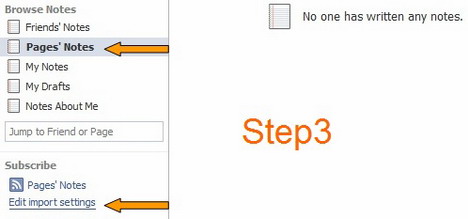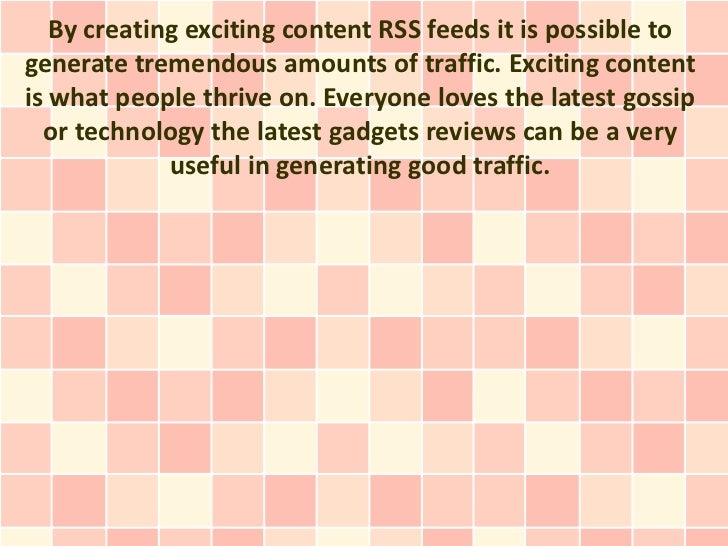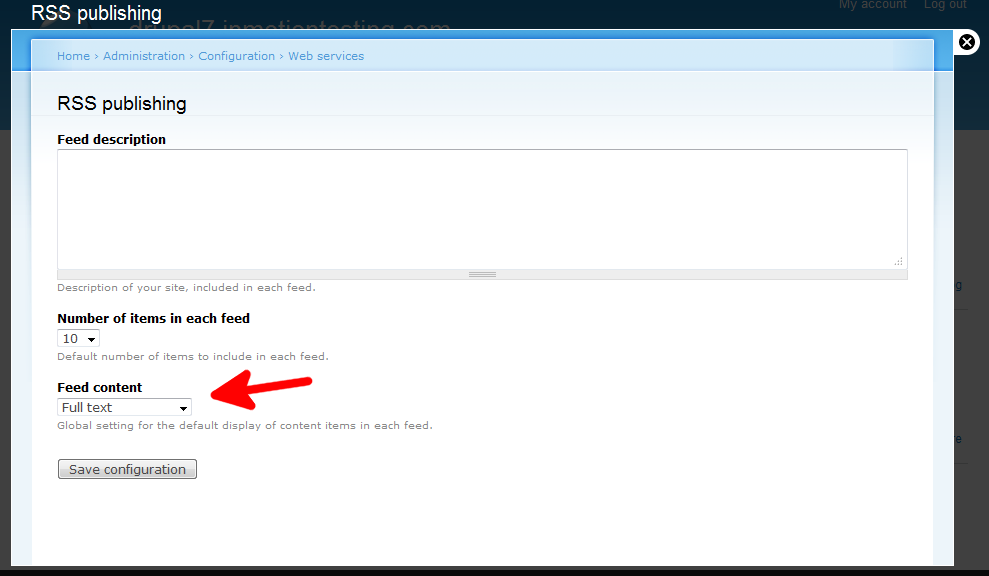

If you want to go straight to the finished code, click here. Here’s the simplest form an RSS feed can take: Building the RSS feed, step-by-step We used this article from as a guide to what we could include. The building blocks of an RSS XML fileĪn RSS feed must contain a channel tag (which must contain a title, link and description) and item tags (which, at a minimum, must contain a title or description). Rather than setting up unnecessary routing in my single page application, I decided to build a Netlify function that runs on a specified URL at the time of the request to generate and serve the XML file to the browser or RSS reader. To keep things simple, I opted for the same approach with the RSS feed and populated the XML file at run time. Thingoftheday is a static client-side application, which means the page is populated with data at the time of the request.

(Note: This guide assumes you are hosting your microblog on Netlify and can make use of Netlify functions.)

In order to stay true to the no-frameworks philosophy of my first Contentful project - thingoftheday.xyz - I wanted to explore building the functionality myself. There are a variety of plugins available for different platforms and frameworks that generate RSS feeds from your content. Check out the Contentful blog’s RSS feed here - it’s full of great content! Let’s build an RSS feed! Its goal is to emphasize simplicity and usability across the World Wide Web.
The myriad ways to consume content in 2021 can lead to content and sensory overload, so RSS feeds are great - Stefan Judis highlights the modern benefits of RSS in a recent Web Weekly newsletter.Īn RSS feed takes the form of a standard XML (Extensible Markup Language) file, built of content and tags that define the content, and it looks a bit like HTML. It allows people to subscribe to newly published content via an RSS reader so that they don’t need to manually check websites or channels. RSS (RDF Site Summary or Really Simple Syndication) was first released in March 1999.


 0 kommentar(er)
0 kommentar(er)
